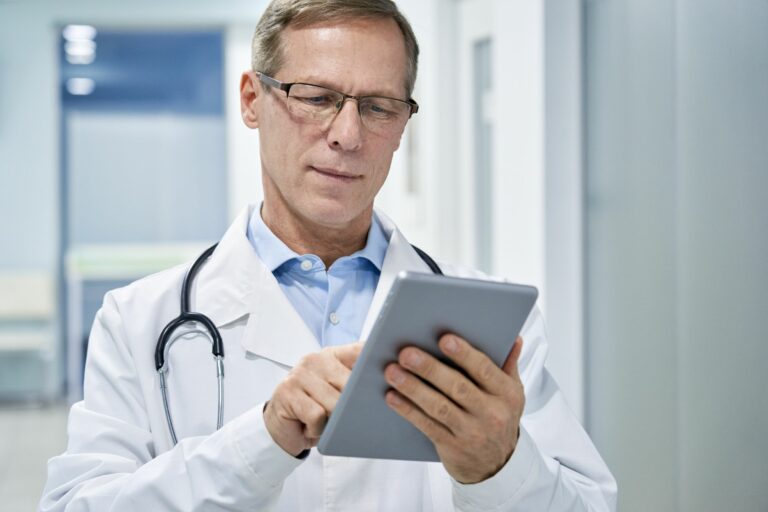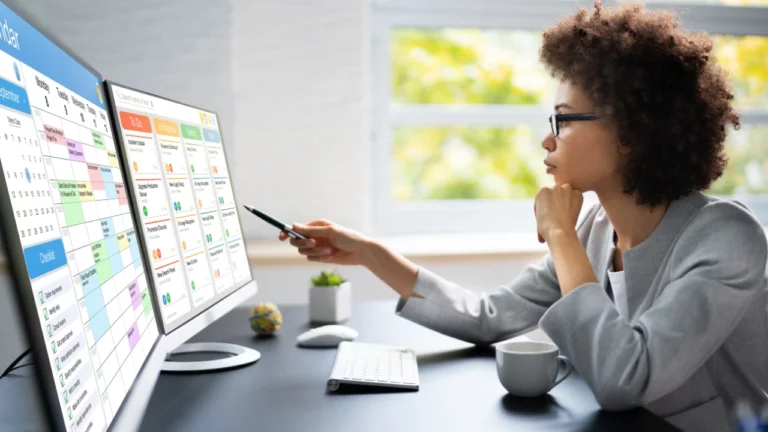Chronic kidney disease (CKD) is a growing concern for millions of people worldwide, especially for seniors. Advanced chronic kidney disease can be difficult to manage. Treatments are complex, and patients often need to visit doctors frequently. Continuous monitoring is also necessary.
DrKumo’s Digital Health Solutions offers remote patient monitoring that empowers individuals to take control of their health within the comfort of their homes.
In this article, we will look at how Carolyn Mayfield, a 74-year-old woman with kidney disease, improved her life using remote patient monitoring. We will explore how RPM changes chronic disease management. This is especially important for elderly patients who need personalized and regular care.
Understanding Kidney Disease in Seniors
Chronic kidney disease, also known as chronic kidney failure, is a long-term condition. In this condition, the kidneys cannot filter waste and extra fluids from the blood.
According to NIH, CKD is a disease progression that affects 10% of the general population worldwide amounting to >800 million individuals. Older adults are very vulnerable to this disease. This is due to natural aging, which includes declining kidney function. Other health issues, like diabetes and hypertension, also play a role.
For Carolyn, 74-year-old senior, managing kidney disease involves glucose monitoring, blood pressure, fluid intake, medication adherence, and frequent communication with healthcare providers. Traditionally, this meant seniors had to make frequent trips to clinics. These trips can be time-consuming and tiring, especially for those with mobility issues.
The Role of Remote Patient Monitoring in Kidney Disease Management
Remote Patient Monitoring lets healthcare providers check patients’ health data from a distance. The health data includes vital signs like blood pressure, glucose levels, heart rates, oxygen levels, and weight. This healthcare technology reduces the need for frequent visits by enabling real-time monitoring of chronic conditions like kidney disease (CKD).
Patient Remote Monitoring has emerged as a game-changer for managing chronic kidney disease, as it allows patients to receive timely feedback and interventions without leaving their homes. Healthcare professionals can track important signs like blood pressure and fluid retention. These signs are vital for managing kidney disease. They can also make informed decisions about treatment changes based on the data they receive in real-time.
For Carolyn, DrKumo Digital Health for Chronic Care Program helps her to manage her kidney disease independently. Remote patient – or physiologic–monitoring services ensure that any early warning signs of complications can be identified quickly, helping to avoid emergencies or hospitalizations.
How Remote Patient Monitoring Empowers Seniors
One of the most significant benefits of remote patient monitoring is its ability to empower seniors in managing their health. For older adults, particularly those with chronic conditions like kidney disease, taking an active role in healthcare can lead to better health outcomes and improved quality of life.
1. Accessibility and Convenience
Seniors living in rural or underserved areas, accessing healthcare can be a significant barrier. RHIhub reported that “Rural communities often have more elderly residents who have chronic conditions requiring multiple visits to outpatient healthcare facilities.” Mobility issues and the lack of reliable transportation, or geographical distance can make regular doctor visits difficult. Remote Patient Monitoring (RPM) eliminates these challenges by allowing seniors to stay connected with their healthcare providers through telemedicine and remote data collection.
For the 74-year-old patient in our case, RPM provided an easy way to track critical health indicators without the stress and inconvenience of frequent clinic visits.
2. Personalized Care and Early Intervention
For older adults with CKD, the use of patient remote monitoring enables healthcare providers to tailor their treatments based on individual needs. Early detection of complications such as fluid retention, spikes in blood pressure or hypertension can significantly outcomes.
In our senior’s case, RPM devices were set to monitor key metrics like blood pressure, body weight, and urine output—all essential factors in managing kidney disease. Whenever any of these metrics fell outside of normal ranges, their healthcare provider was notified, allowing them to intervene quickly. This led to better management of their condition, preventing further deterioration and avoiding hospitalizations and the use of different medical devices just to test.
3. Enhanced Communication with Healthcare Providers
With RPM, seniors no longer need to wait until their next appointment to ask questions. They can communicate through secure platforms, ensuring continuous proactive care.
For seniors experiencing symptoms like shortness of breath, fatigue, or swelling which are common signs of worsening kidney function), they could immediately alert their healthcare provider, who could assess the situation and make the necessary adjustments to their treatment plan.
4. Reduction in Hospitalizations
Kidney disease can lead to frequent hospitalizations due to complications such as fluid overload or infections. However, with this advanced patient care, healthcare providers can monitor patients, and identify issues before they become severe, reducing the likelihood of hospitalization.
Carolyn saw a noticeable decrease in hospital visits after implementing RPM in her healthcare routine. By detecting problems early, she avoided the physical and emotional toll of hospitalization.
The Technological Advancements Behind Remote Patient Monitoring
Remote Patient Monitoring involves the use of various devices and applications designed to collect health data. For kidney disease patients, these may include:
- Wearable Devices: These can monitor vital signs such as heart rate, oxygen levels, and blood pressure monitors. This wearable technology facilitates remote patient monitoring while availing the telemedicine service. These are easy to use, comfortable, and can be worn throughout the day, providing a steady stream of data.
- Weight Monitoring Devices: One of the signs of kidney disease is a sudden weight gain due to fluid retention, a dangerous complication. Smart scales provide real-time stats and send weight data directly to the healthcare provider. And intervene when the number is not right.
- Telemedicine Services: Through secure apps or online platforms, patients can have virtual consultations with their healthcare provider, reducing the need for physical appointments.
- Mobile Apps: Seniors can use mobile apps to track their medication, diet, and fluid intake, all critical aspects of managing CKD.
These healthcare technologies are the key to effectively managing chronic diseases. Our healthcare organizations have not stopped innovating and have set up a system of wearables and other RPM devices, providing patients with peace of mind knowing that their health is being monitored around the clock
Overcoming Barriers to Adoption for Seniors
While RPM offers numerous benefits, there are some challenges when it comes to adoption, particularly among older adults. Some seniors may feel overwhelmed by digital health technology, especially if they are not familiar with using smartphones, tablets, or wearable devices.
However, in Carolyn’s case, DrKumo provided direct support for her specific needs and helped educate Carolyn in ensuring how to use the patient monitoring tools with ease. Her healthcare team took the time to explain how each device worked and provided technical support whenever she needed it.
Conclusion
Remote Patient Monitoring is revolutionizing the way seniors manage chronic conditions like kidney disease failure. The benefits of RPM were clear: fewer hospitalizations, better communication with their healthcare provider, and the ability to take control of their health without the constant need for in-person visits.
For our senior patient Carolyn, the care management that she gets from DrKumo program and with personalized care led her to live a better quality of life.
As healthcare continues to evolve, remote patient monitoring will play an even more critical role in the lives of seniors. By providing accessible, personalized, and proactive patient care, it offers a lifeline to those people managing chronic conditions, ultimately improving outcomes to their overall quality of life. Most of all, empowering them to live healthier, more independent lives.








